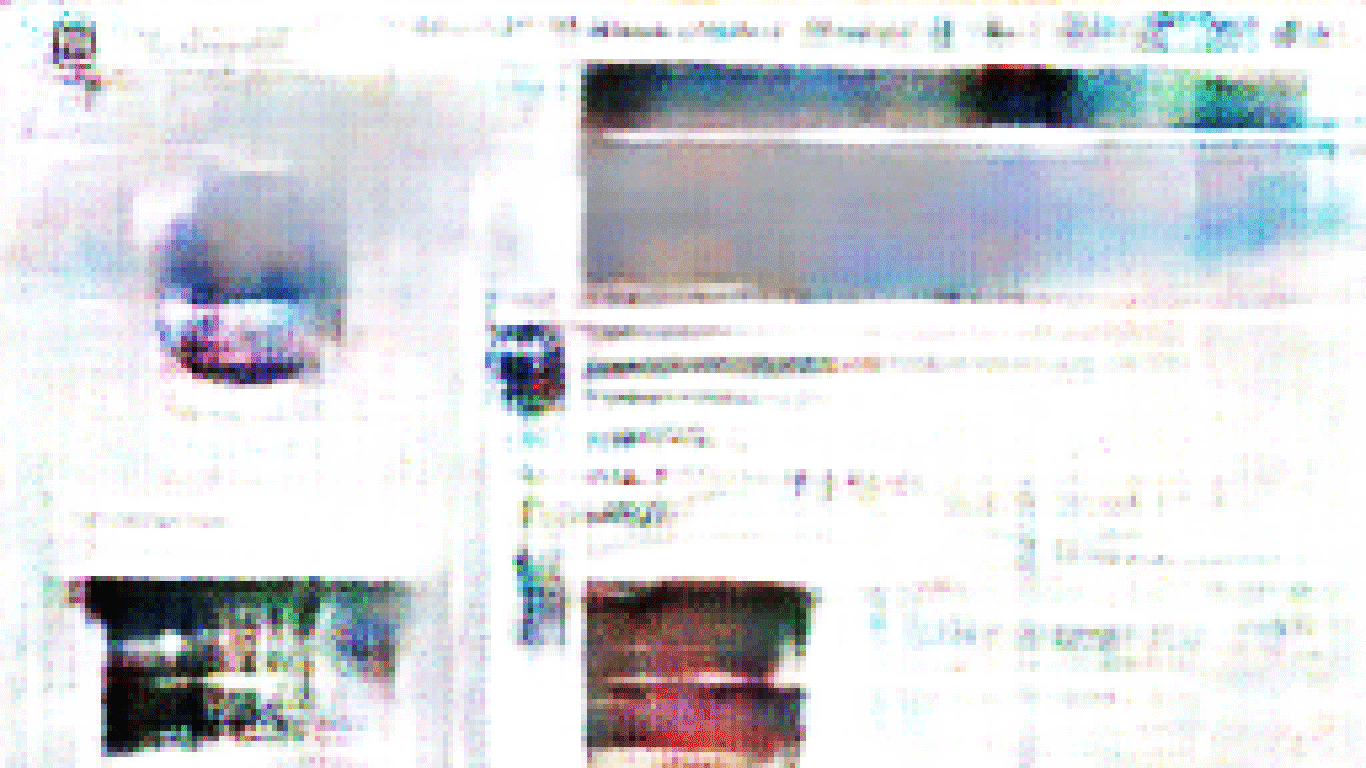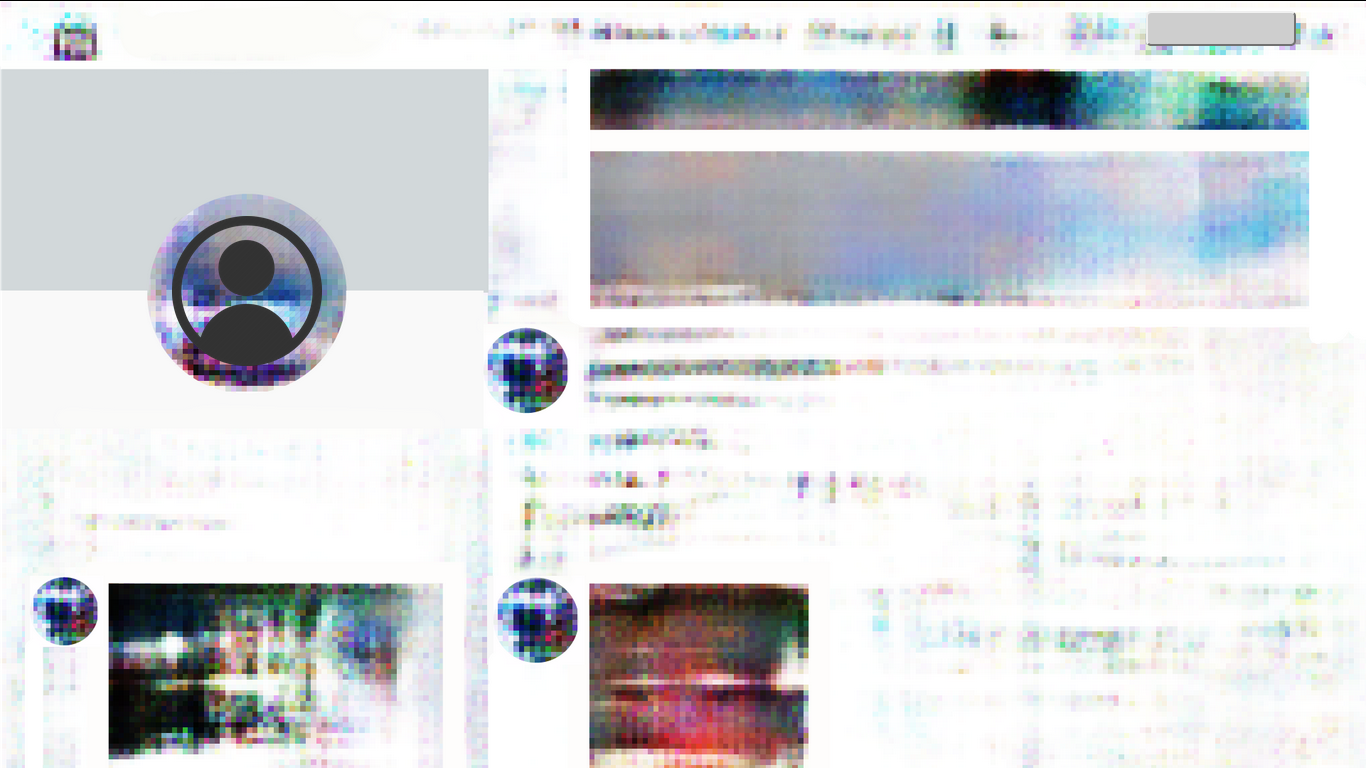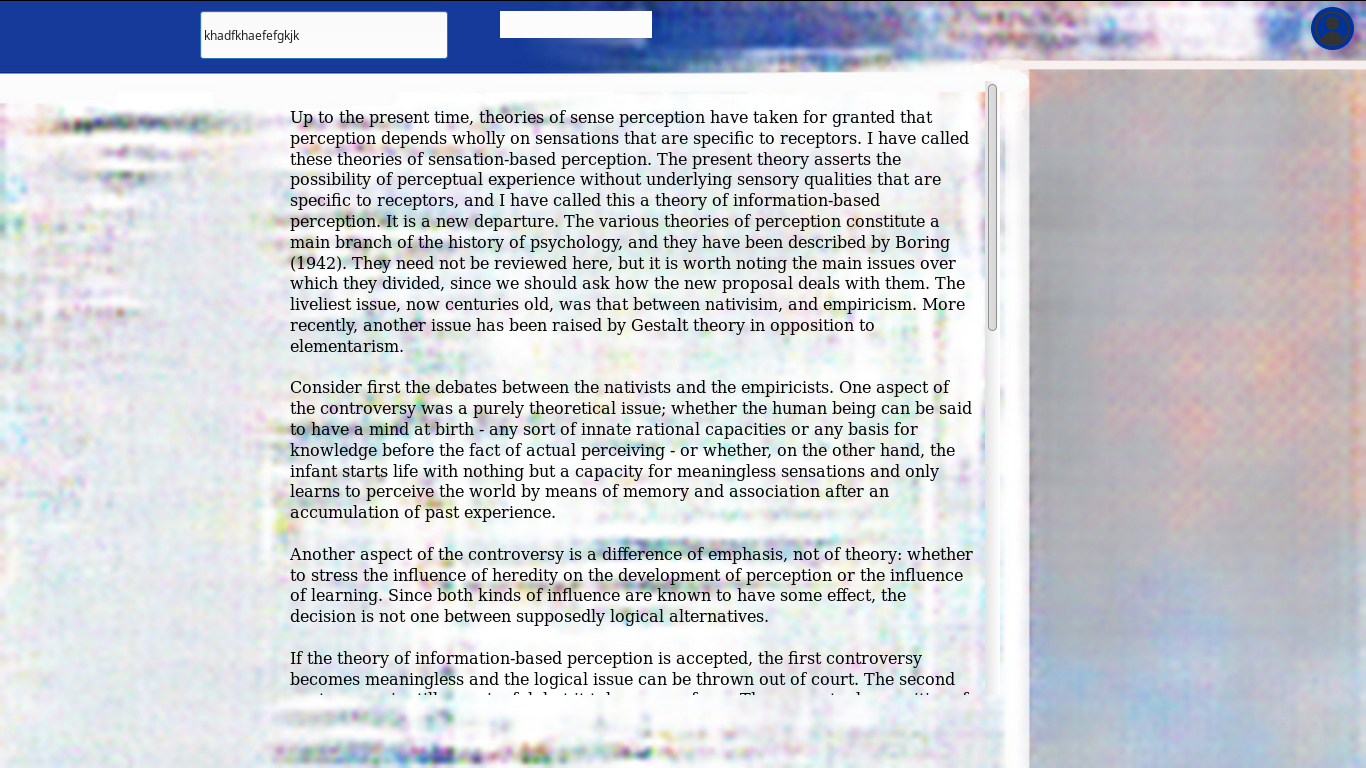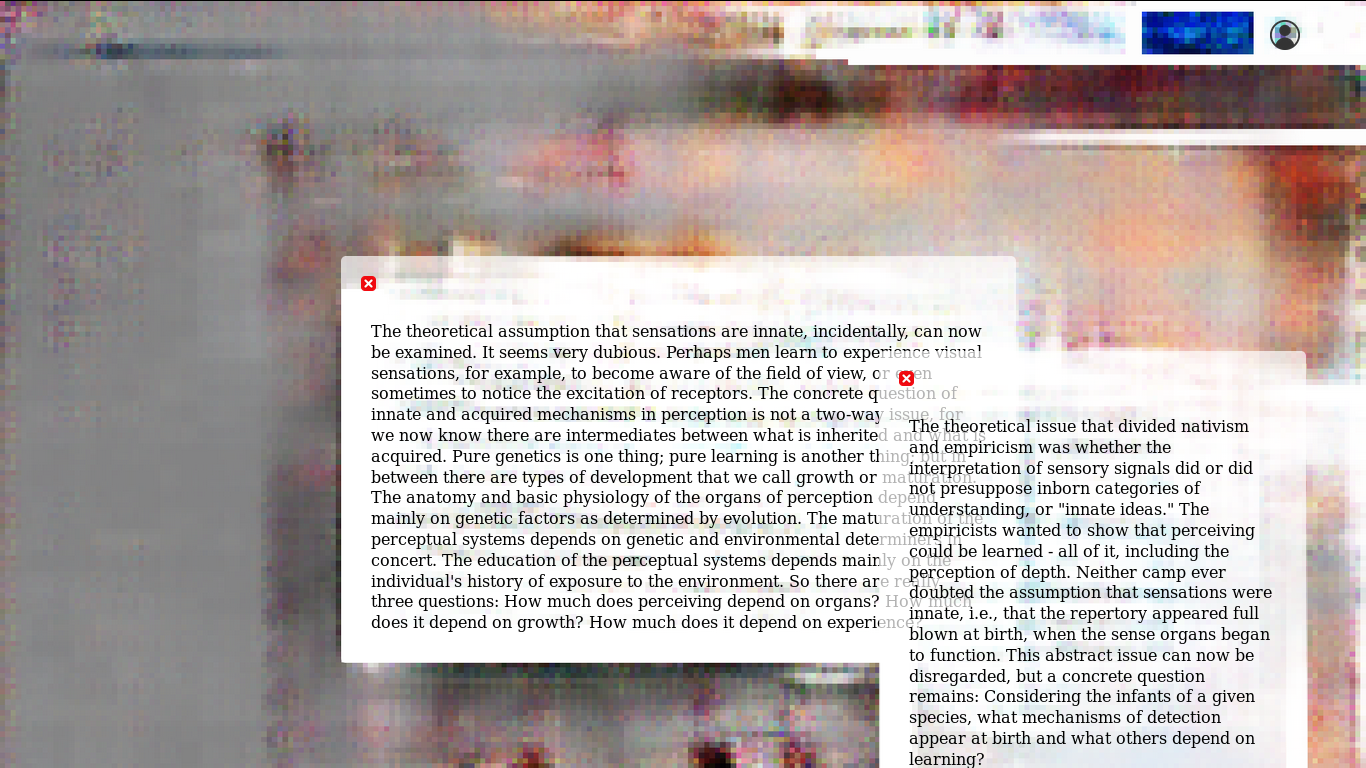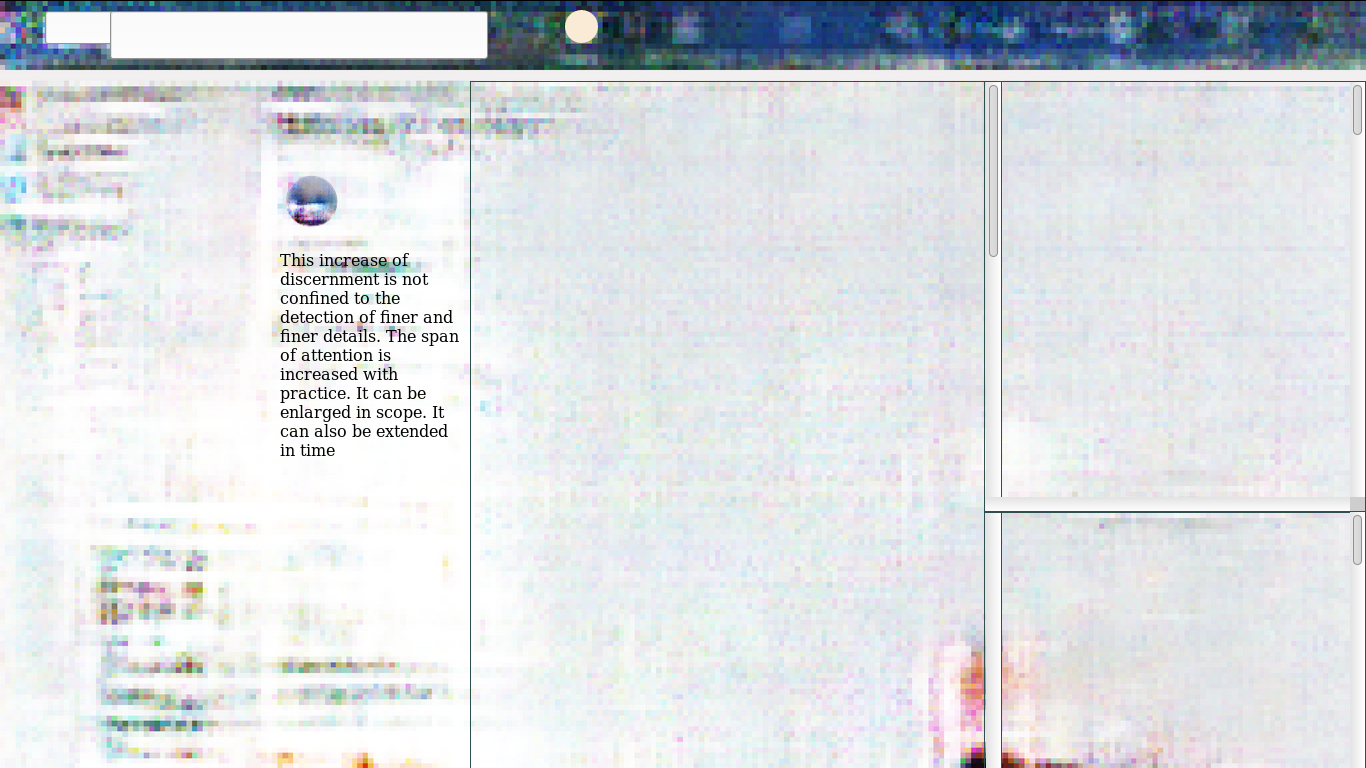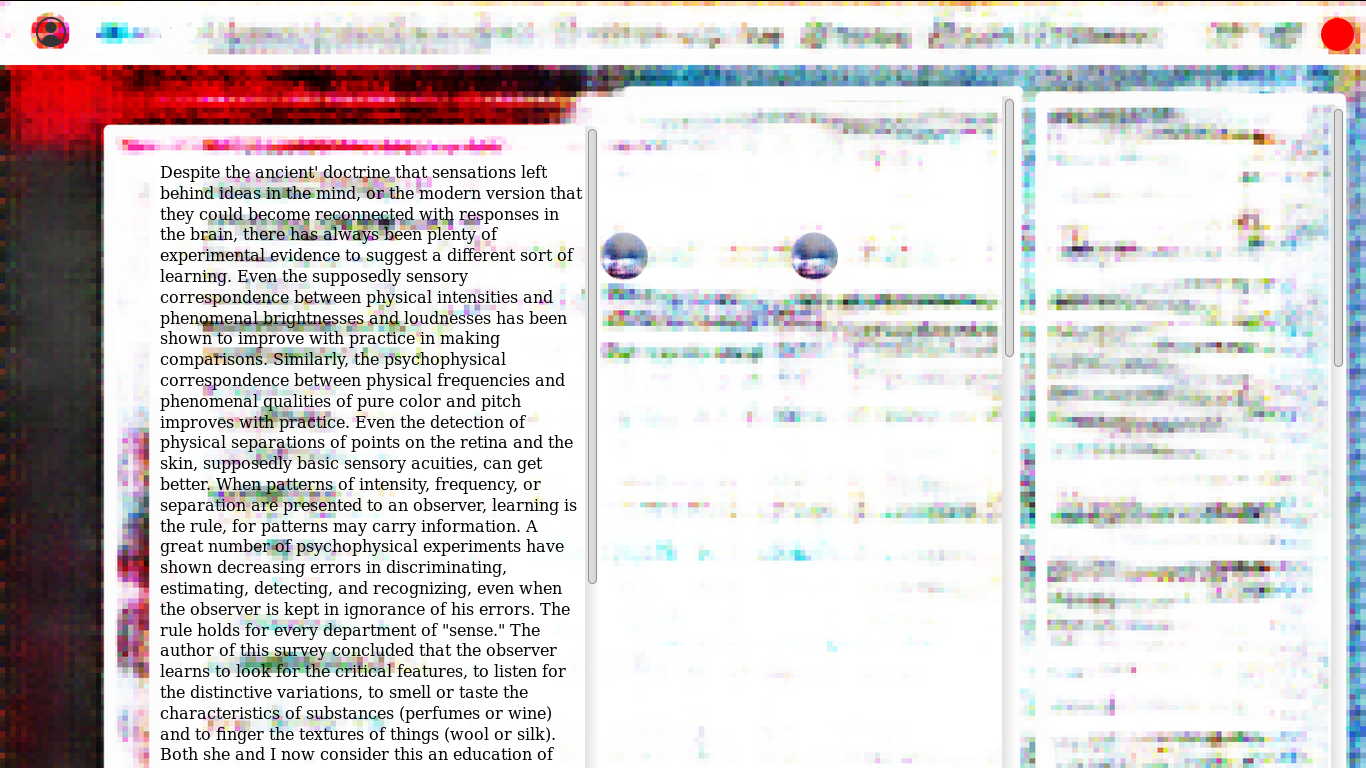Perverse affordances uses a generative adversarial neural net trained on a custom dataset of 10000 screenshots of global social media platforms – then uses the new “social media screenshots” that are generated like wireframes, or templates, to imagine new interactions. It takes the machine learning algorithms watching our online selves all the time as subject matter, and turns to a more literal type of seeing – how an algorithm sees an interface.
Turning the alien eye of machine learning on the interfaces that mediate our online lives, interfaces that are ubiquitous enough to have become invisible, paradoxically reveals their artificiality. Much like a perverse incentive, which is emergent behavior within a system that contradicts the intentions of its designers, Perverse affordances invites us to consider interfaces as systems that have been designed – and the assumptions they contain or conversely do not contain, about the humanity of their users.
It has been exhibited at Art Gene Uk's online platform, the NeurIPS creativity workshop's online gallery, ARTificial in Montreal, Microwave Festival in Hong Kong, the ZKM Center for Art and Media in Karlsruhe, and Interaccess in Toronto.
An interview about the work and it's creation with Alejandro Ball, curator of the Extreme Views series at Art Gene, can be read here
